The tomato and cucumber greenhouse is a common vegetable growing greenhouse, mainly used for growing vegetable crops such as tomatoes and cucumbers. This kind of greenhouse usually adopts a skeleton structure and is covered with materials such as plastic film or sunshade net, which can adjust the temperature and humidity and provide a suitable growing environment for crops.
Tomato and cucumber greenhouses usually use water-saving irrigation technologies such as drip irrigation or sprinkler irrigation, which can effectively save water resources. In addition, crop yield and quality can also be improved through fertilization, pest control and other measures. Tomato and cucumber greenhouses are an indispensable part of agricultural production, providing urban residents with a rich supply of vegetables.
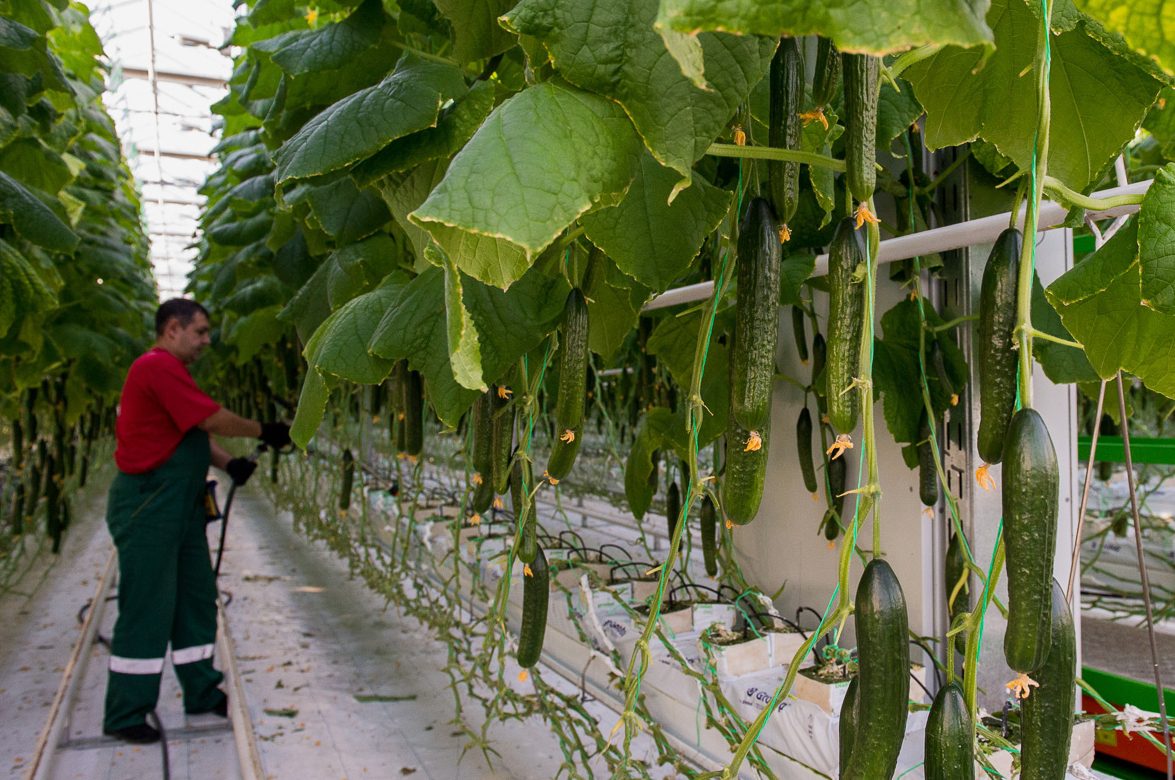
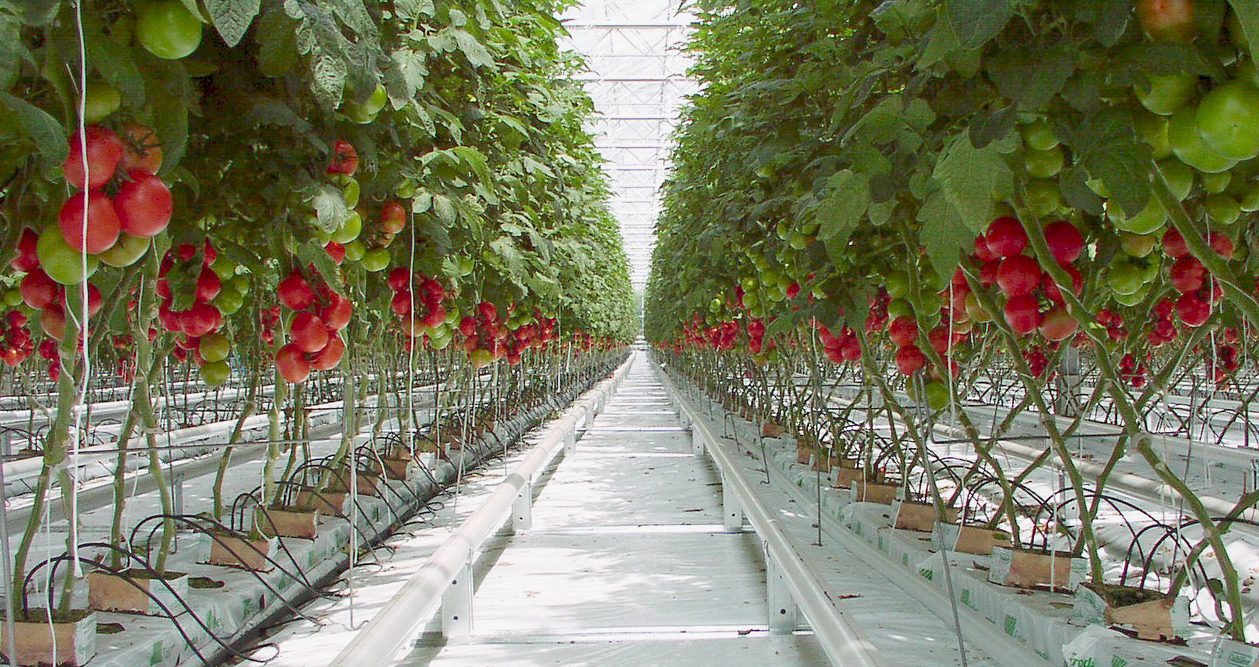 How to maintain humidity in greenhouse?
How to maintain humidity in greenhouse?
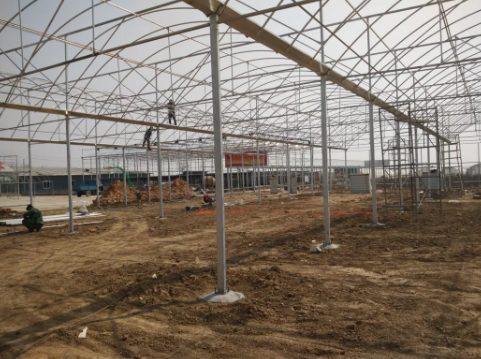
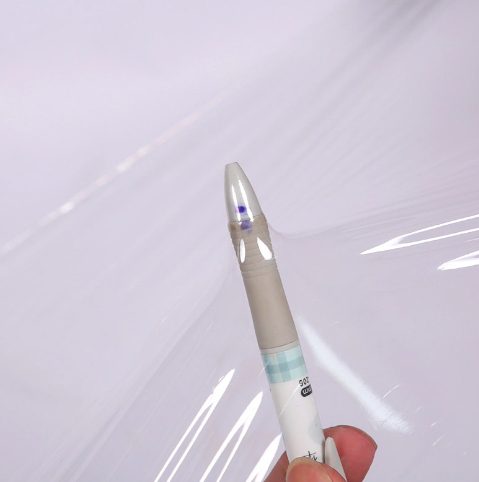 Maintaining appropriate humidity inside the greenhouse is essential for crop growth. Here are some tips to ensure the humidity in your greenhouse is within the ideal range:
1. Ventilation: When the temperature is high, opening the doors and windows of the greenhouse or setting up a special ventilation device can help discharge hot air and moisture and keep the air circulated and fresh. Not only does this reduce humidity, it also prevents the growth of pests and diseases.
2. Irrigation Control: Reasonable control of irrigation volume and frequency is the key to regulating humidity. The use of water-saving irrigation measures such as drip irrigation or micro-sprinkler irrigation can reduce ground water collection, reduce ground evaporation, and thereby reduce air humidity. Proper ventilation after watering and timely loosening of soil will also help reduce humidity.
3. Shade and Insulation: In summer, reduce direct sunlight and lower the temperature and humidity in the greenhouse by setting up shading nets or awnings. In winter, insulation film, insulation cotton and other materials can be used for insulation to prevent cold air from entering, increase indoor temperature, and help reduce relative humidity.
4. Mulch film covering: Covering with mulch film or non-woven fabric can inhibit the evaporation of soil water and reduce the humidity in the shed by about 20%. However, it should be noted that the mulch must be applied correctly to achieve the best results.
Maintaining appropriate humidity inside the greenhouse is essential for crop growth. Here are some tips to ensure the humidity in your greenhouse is within the ideal range:
1. Ventilation: When the temperature is high, opening the doors and windows of the greenhouse or setting up a special ventilation device can help discharge hot air and moisture and keep the air circulated and fresh. Not only does this reduce humidity, it also prevents the growth of pests and diseases.
2. Irrigation Control: Reasonable control of irrigation volume and frequency is the key to regulating humidity. The use of water-saving irrigation measures such as drip irrigation or micro-sprinkler irrigation can reduce ground water collection, reduce ground evaporation, and thereby reduce air humidity. Proper ventilation after watering and timely loosening of soil will also help reduce humidity.
3. Shade and Insulation: In summer, reduce direct sunlight and lower the temperature and humidity in the greenhouse by setting up shading nets or awnings. In winter, insulation film, insulation cotton and other materials can be used for insulation to prevent cold air from entering, increase indoor temperature, and help reduce relative humidity.
4. Mulch film covering: Covering with mulch film or non-woven fabric can inhibit the evaporation of soil water and reduce the humidity in the shed by about 20%. However, it should be noted that the mulch must be applied correctly to achieve the best results.
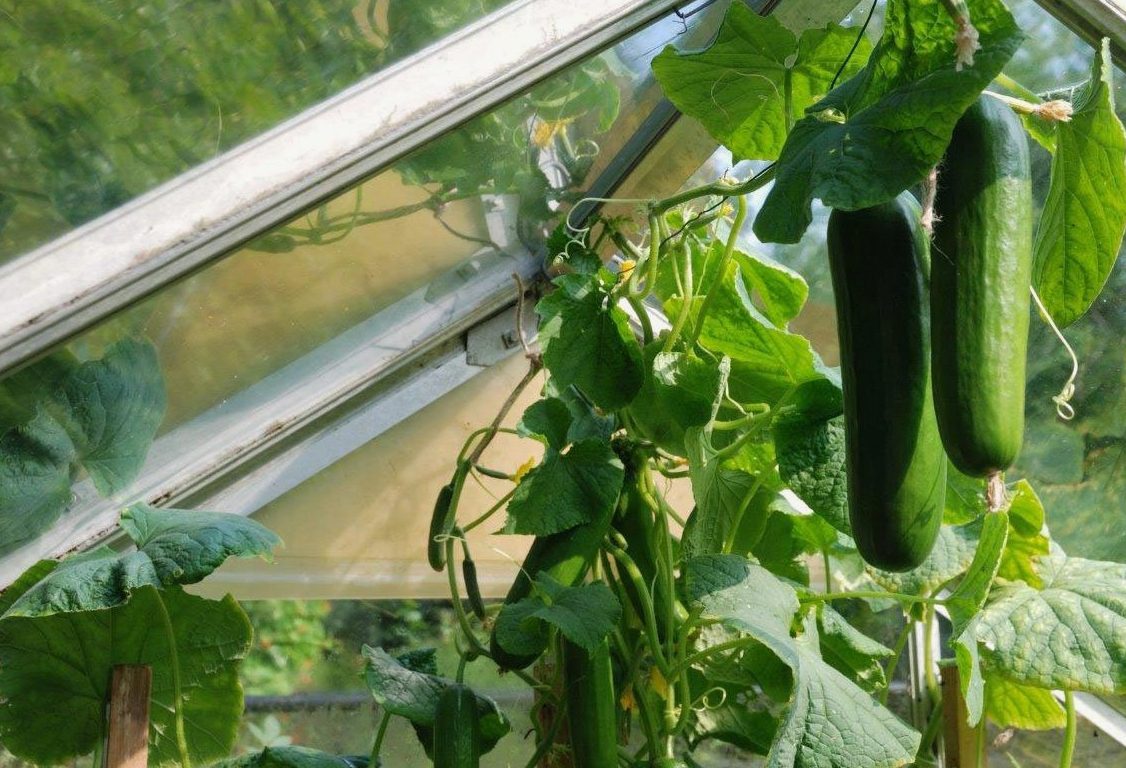
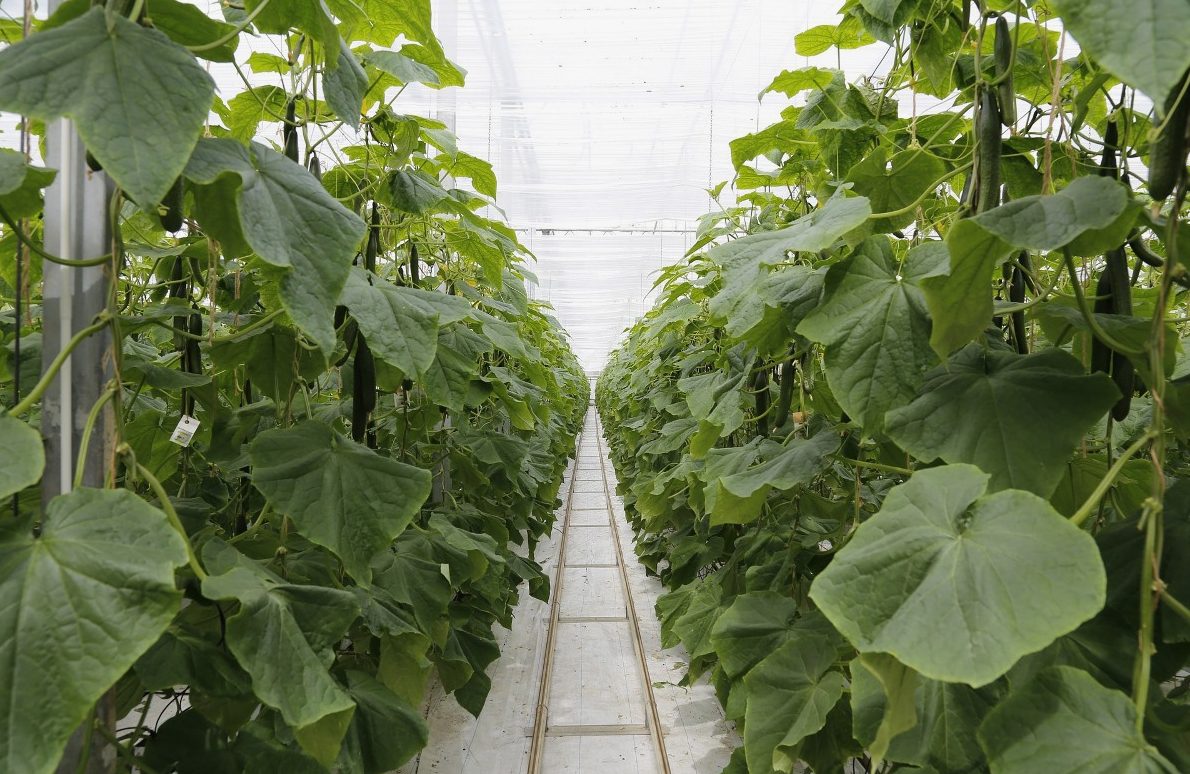
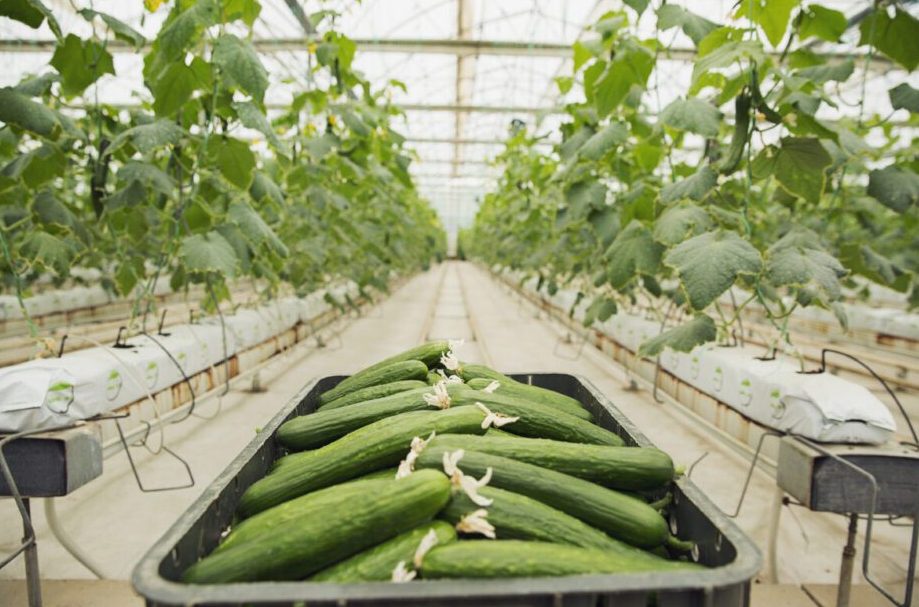
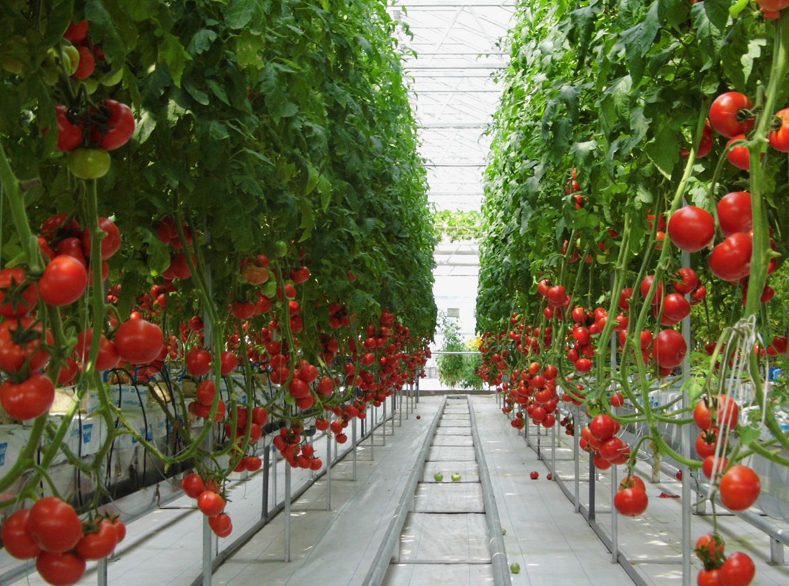 5. Increase light transmission: Increasing the light transmission of the greenhouse can increase the greenhouse temperature, thereby increasing the air temperature saturation difference and reducing the relative humidity of the air.
6. Use hygroscopic materials: Placing some hygroscopic materials in the shed, such as quicklime, plant ash, etc., can effectively absorb moisture in the air and reduce humidity.
It should be noted that different crops may have different humidity requirements, so in actual operation, humidity management measures should be adjusted according to the crop type and growth stage. At the same time, the humidity changes in the greenhouse are regularly monitored so that problems can be discovered in time and corresponding measures can be taken to make adjustments.
Doran greenhouse-professional agricultural greenhouse manufacturers and suppliers, product quality is good, cost-effective
5. Increase light transmission: Increasing the light transmission of the greenhouse can increase the greenhouse temperature, thereby increasing the air temperature saturation difference and reducing the relative humidity of the air.
6. Use hygroscopic materials: Placing some hygroscopic materials in the shed, such as quicklime, plant ash, etc., can effectively absorb moisture in the air and reduce humidity.
It should be noted that different crops may have different humidity requirements, so in actual operation, humidity management measures should be adjusted according to the crop type and growth stage. At the same time, the humidity changes in the greenhouse are regularly monitored so that problems can be discovered in time and corresponding measures can be taken to make adjustments.
Doran greenhouse-professional agricultural greenhouse manufacturers and suppliers, product quality is good, cost-effective

 How to maintain humidity in greenhouse?
How to maintain humidity in greenhouse?

 Maintaining appropriate humidity inside the greenhouse is essential for crop growth. Here are some tips to ensure the humidity in your greenhouse is within the ideal range:
1. Ventilation: When the temperature is high, opening the doors and windows of the greenhouse or setting up a special ventilation device can help discharge hot air and moisture and keep the air circulated and fresh. Not only does this reduce humidity, it also prevents the growth of pests and diseases.
2. Irrigation Control: Reasonable control of irrigation volume and frequency is the key to regulating humidity. The use of water-saving irrigation measures such as drip irrigation or micro-sprinkler irrigation can reduce ground water collection, reduce ground evaporation, and thereby reduce air humidity. Proper ventilation after watering and timely loosening of soil will also help reduce humidity.
3. Shade and Insulation: In summer, reduce direct sunlight and lower the temperature and humidity in the greenhouse by setting up shading nets or awnings. In winter, insulation film, insulation cotton and other materials can be used for insulation to prevent cold air from entering, increase indoor temperature, and help reduce relative humidity.
4. Mulch film covering: Covering with mulch film or non-woven fabric can inhibit the evaporation of soil water and reduce the humidity in the shed by about 20%. However, it should be noted that the mulch must be applied correctly to achieve the best results.
Maintaining appropriate humidity inside the greenhouse is essential for crop growth. Here are some tips to ensure the humidity in your greenhouse is within the ideal range:
1. Ventilation: When the temperature is high, opening the doors and windows of the greenhouse or setting up a special ventilation device can help discharge hot air and moisture and keep the air circulated and fresh. Not only does this reduce humidity, it also prevents the growth of pests and diseases.
2. Irrigation Control: Reasonable control of irrigation volume and frequency is the key to regulating humidity. The use of water-saving irrigation measures such as drip irrigation or micro-sprinkler irrigation can reduce ground water collection, reduce ground evaporation, and thereby reduce air humidity. Proper ventilation after watering and timely loosening of soil will also help reduce humidity.
3. Shade and Insulation: In summer, reduce direct sunlight and lower the temperature and humidity in the greenhouse by setting up shading nets or awnings. In winter, insulation film, insulation cotton and other materials can be used for insulation to prevent cold air from entering, increase indoor temperature, and help reduce relative humidity.
4. Mulch film covering: Covering with mulch film or non-woven fabric can inhibit the evaporation of soil water and reduce the humidity in the shed by about 20%. However, it should be noted that the mulch must be applied correctly to achieve the best results.



 5. Increase light transmission: Increasing the light transmission of the greenhouse can increase the greenhouse temperature, thereby increasing the air temperature saturation difference and reducing the relative humidity of the air.
6. Use hygroscopic materials: Placing some hygroscopic materials in the shed, such as quicklime, plant ash, etc., can effectively absorb moisture in the air and reduce humidity.
It should be noted that different crops may have different humidity requirements, so in actual operation, humidity management measures should be adjusted according to the crop type and growth stage. At the same time, the humidity changes in the greenhouse are regularly monitored so that problems can be discovered in time and corresponding measures can be taken to make adjustments.
Doran greenhouse-professional agricultural greenhouse manufacturers and suppliers, product quality is good, cost-effective
5. Increase light transmission: Increasing the light transmission of the greenhouse can increase the greenhouse temperature, thereby increasing the air temperature saturation difference and reducing the relative humidity of the air.
6. Use hygroscopic materials: Placing some hygroscopic materials in the shed, such as quicklime, plant ash, etc., can effectively absorb moisture in the air and reduce humidity.
It should be noted that different crops may have different humidity requirements, so in actual operation, humidity management measures should be adjusted according to the crop type and growth stage. At the same time, the humidity changes in the greenhouse are regularly monitored so that problems can be discovered in time and corresponding measures can be taken to make adjustments.
Doran greenhouse-professional agricultural greenhouse manufacturers and suppliers, product quality is good, cost-effective